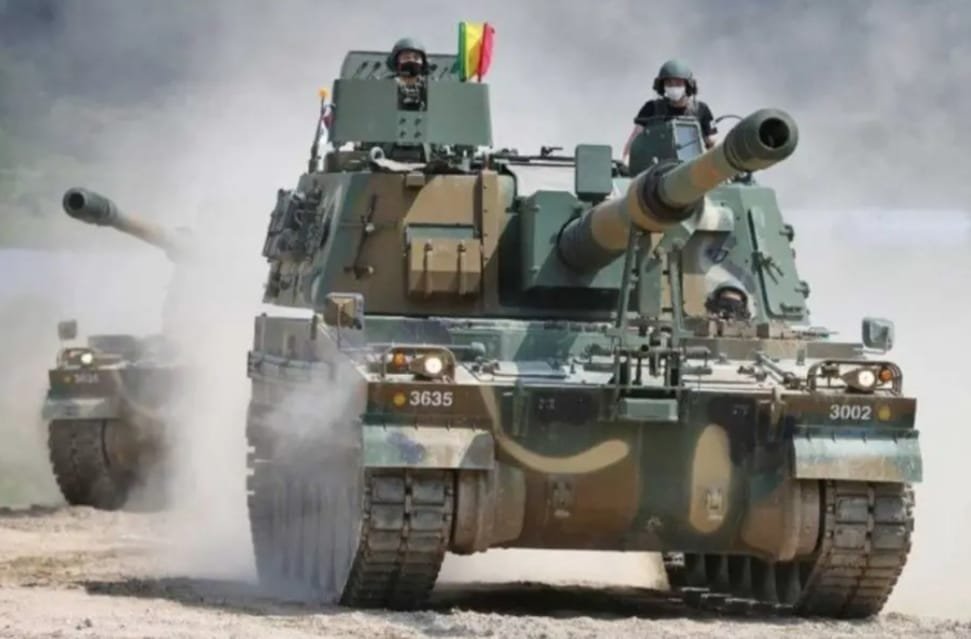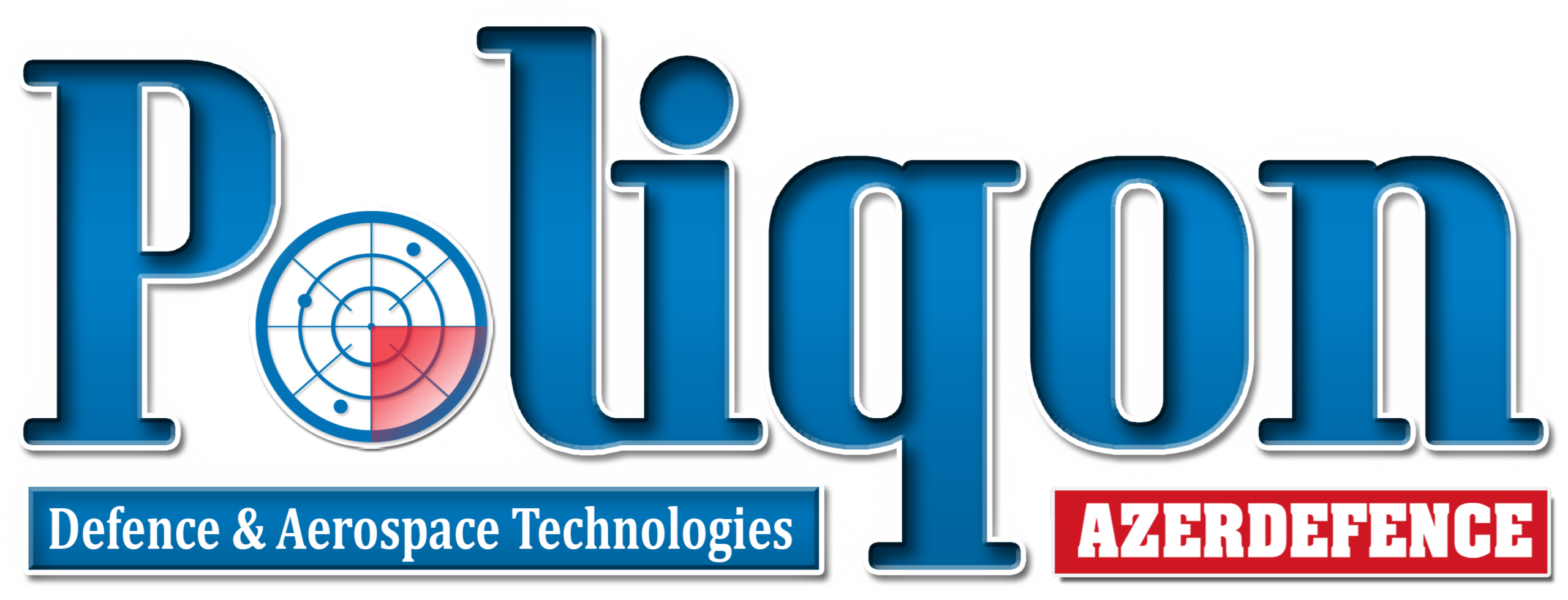
Romania discusses cooperation with South Korea for acquisition of K9 howitzers and K2 tanks
On Tuesday, April 23, 2024, South Korean President Yoon Suk Yeol welcomed Romanian President Klaus Iohannis to Seoul, where they discussed enhancing cooperation in the military industry, including joint weapons production and the supply of K9 self-propelled howitzers. This move is part of South Korea’s broader strategy to strengthen its presence in the global defense industry, particularly in Europe. Indeed, Poland is also a major partner of South Korea, with recent meetings between the two countries’ authorities focusing on the supply of K9 self-propelled howitzers and Chunmoo K-MLRS.
Defense relations between Romania and South Korea are marked by recent agreements that underscore their mutual commitment to military modernization and defense cooperation. Specifically, Hanwha Aerospace of South Korea is in discussions for a contract worth about 1 trillion won (approximately $725.7 million) to supply K9 howitzers to Romania. This would be the first major defense contract between the two countries, with significant implications for strengthening Romanian defense capabilities.
Additionally, in 2021, a memorandum of understanding was signed between Hanwha and the Romanian state defense company for the export of the K9 self-propelled howitzer and infantry fighting vehicles, marking the beginning of a long-term collaboration in technology and logistics support.
In a parallel commitment, South Korean Defense Minister Shin Won-sik met with Polish Deputy Defense Minister Pawel Bejda. Their discussions reportedly focused on an imminent contract for Hanwha Aerospace to supply an additional 70 Chunmoo rocket artillery units worth $1.6 billion, following Poland’s substantial $22 billion weapons purchase from South Korea.
In 2022, Poland signed a substantial agreement with South Korea for the purchase of military equipment worth $22 billion, representing the largest arms sale in South Korea’s history. This agreement includes more than 150 K9 Thunder self-propelled artillery units, 288 Chunmoo multiple rocket launchers, and a significant order of K2 Black Panther main battle tanks. In addition to these equipment purchases, the two nations have engaged in collaborations on military exercises, thus enhancing interoperability and mutual understanding between their armed forces.
The K9 Thunder is a South Korean self-propelled 155 mm howitzer designed and manufactured by Hanwha Defense. Developed to meet the operational requirements of the Republic of Korea Armed Forces, the K9 boasts a maximum firing range of approximately 40 kilometers using standard NATO ammunition and can achieve up to 60 kilometers with rocket-assisted projectiles. Its design emphasizes high mobility, rapid response, and survivability, with the capability to fire three rounds in 15 seconds for “shoot-and-scoot” tactics, which minimizes the system’s exposure to enemy fire.
The K239 Chunmoo, also known as the Korean Multiple Launch Rocket System (K-MLRS), is a highly versatile artillery system developed by Hanwha Defense, capable of firing a variety of munitions including guided rockets and missiles. It offers a rapid-fire solution capable of launching salvos that cover a wide area, effectively engaging enemy targets at various ranges. The system can house up to 12 tubes for 239mm rockets or two pods of four 130mm rockets each, providing flexibility and firepower in a variety of combat scenarios. The Chunmoo is designed for quick deployment and high mobility to match the operational pace of modern warfare, ensuring compatibility with various international missile and rocket systems.
These initiatives are complemented by technology transfers and training programs, where Polish engineers and technicians receive training in South Korea to ensure the effective maintenance and operation of the acquired equipment. This cooperation attests to the commitment of both countries not only to strengthen their national security but also to promote peace and regional stability in the face of growing security challenges.


